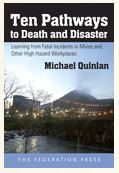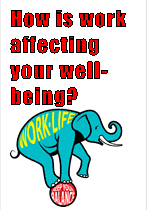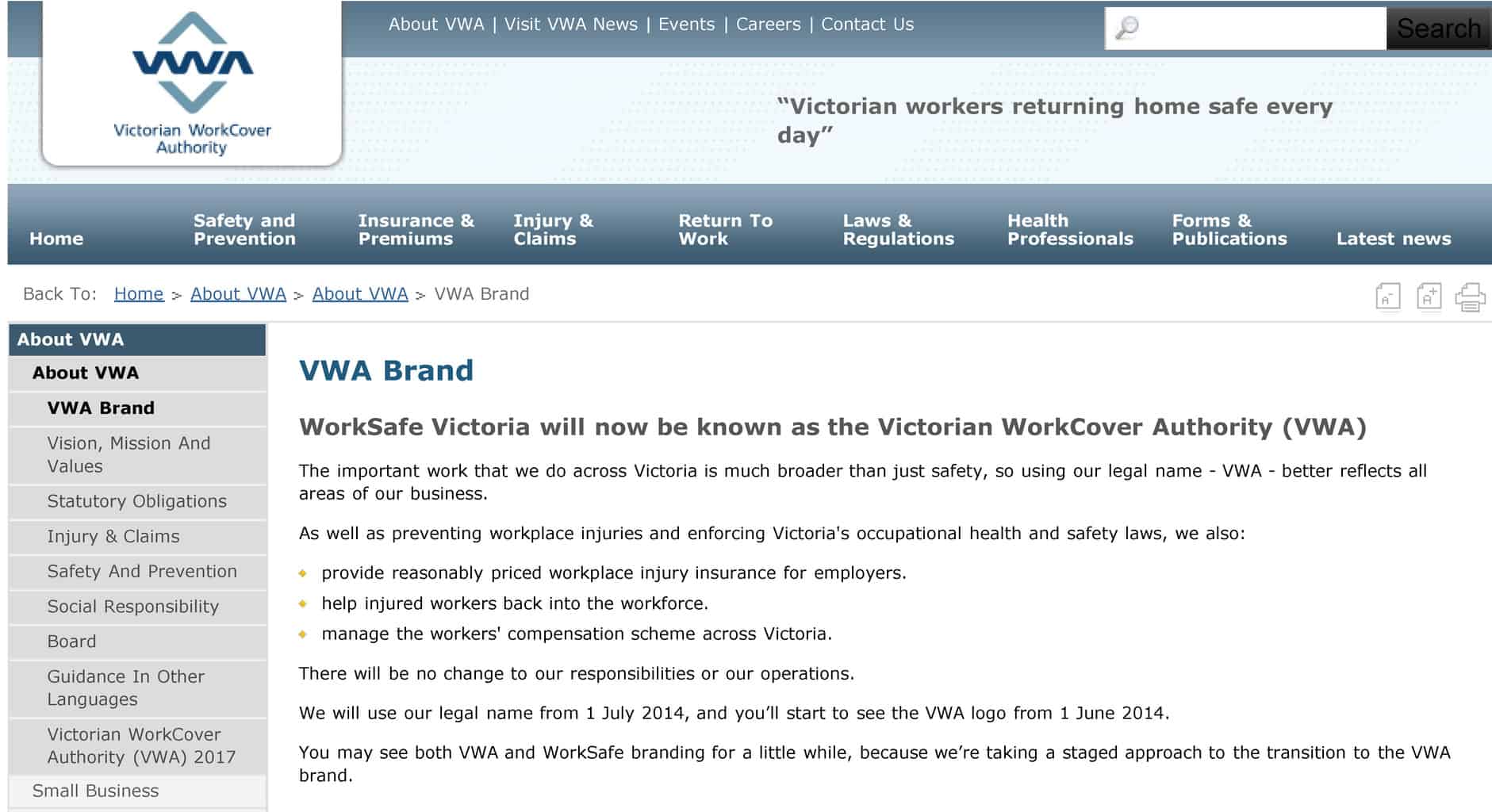The new Andrews Government in Victoria has followed through on its election pledge to abolish the Construction Compliance Code Unit (CCCU) of the Department of Treasury and Finance. It announced this in a peculiar manner within a media release on whooping cough, a process that Senator Abetz went to town on. But Premier Andrews’ decision raises the question of, if the Code is gone, what replaces it? The simply answer is nothing.
A spokesperson for the Premier advised SafetyAtWorkBlog that
“The Andrews Labor Government has delivered on its election commitment to scrap the Victorian Code of Practice for the Building and Construction Industry and its monitoring body the Construction Code Compliance Unit (CCCU).
Contractors bidding for Victorian Government work and applying for pre-qualification on construction registers will still need to meet safety and industrial relations management criteria. Contractors must also have occupational health and safety policies and procedures to meet legislative and regulatory requirements.”
Continue reading “Abolition of Construction Code is a return to the past on OHS”


 A research team from the
A research team from the  Just over six months ago the (conservative) Victorian Government
Just over six months ago the (conservative) Victorian Government